liquid heroin
Liquid heroin, often referred to as “heroin solution” or “black tar heroin” when in liquid form, is a highly addictive and dangerous opioid drug derived from morphine. It can be injected, smoked, or snorted, though injecting is the most common method when the drug is in liquid form. Heroin is illegal in most countries due to its high potential for abuse, dependence, and overdose.liquid heroin
When heroin is processed into a liquid form, it can be more potent, leading to an increased risk of overdose. The effects of liquid heroin can be intense, including euphoria, pain relief, and sedation. However, these effects are short-lived and can quickly lead to tolerance and dependence, which means users need more of the drug to achieve the same effect.liquid heroin

Risks of Liquid Heroin
1.Addiction: Heroin is one of the most addictive substances, and its use can quickly lead to physical and psychological dependence.liquid heroin
2.Overdose: Heroin overdose is a major risk, as it can depress the respiratory system, leading to death if not treated immediately.liquid heroin
3.Health Complications: Long-term use can lead to a range of health issues, including liver disease, kidney damage, cardiovascular complications, and neurological damage.
4.Contaminants: Liquid heroin, particularly black tar heroin, can be impure and may contain harmful chemicals, which increase the risk of infections, scarring, and other health issues.
5.Legal Issues: Heroin is illegal in most countries, and possession or distribution can lead to serious legal consequences.liquid heroin
Treatment and Recovery
If someone is struggling with heroin addiction or misuse, seeking professional help is crucial. Treatment options include medically-assisted detox, rehabilitation programs, counseling, and support groups. Medications like methadone or buprenorphine may be prescribed to help manage withdrawal symptoms and reduce cravings.
It’s important to stay informed about the dangers of illicit drug use and to seek help if you or someone you know is affected by substance use issues.liquid heroin
heroin spoon
A heroin spoon is a commonly used tool among individuals who use heroin, particularly when they prepare the drug for injection. The spoon is typically used to mix heroin with water (and sometimes other substances) to dissolve it into a liquid form that can be injected. The process involves heating the spoon with a lighter or other heat source to help dissolve the heroin powder, and then using a needle to draw up the liquid heroin once it has dissolved.liquid heroin
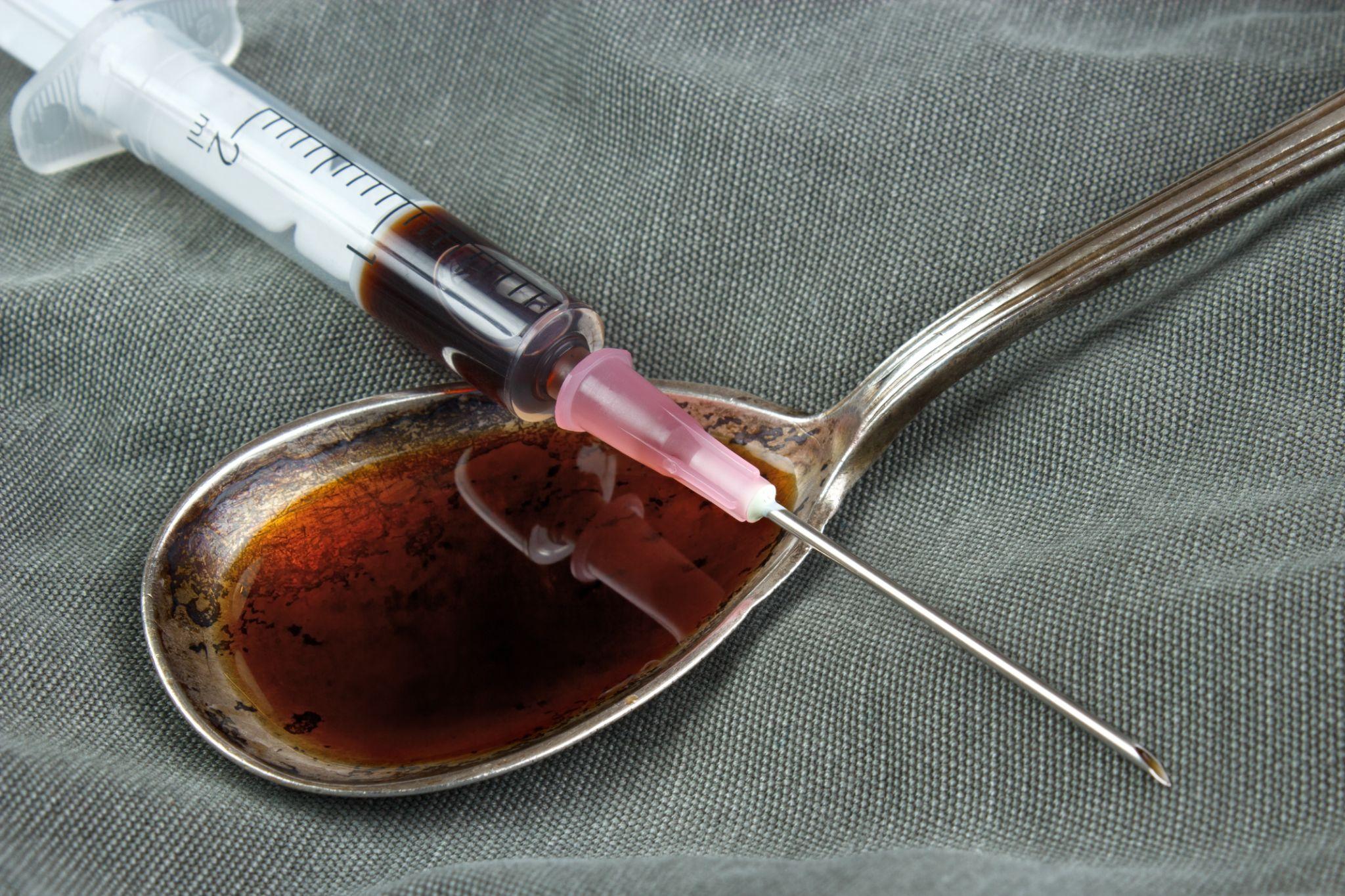
How a Heroin Spoon Is Used:
1.Preparation: A user will typically place a small amount of heroin powder into a spoon.
2.Mixing: Water is added to the spoon, and the mixture is then heated, usually with a lighter or other flame. This helps dissolve the heroin into the liquid.
3.Filtration: Sometimes a cotton filter is placed in the spoon to filter out impurities or particles before the liquid is drawn into a syringe.liquid heroin
4.Injection: Once the heroin has been dissolved into a liquid form, the user draws it up into a syringe and injects it into their bloodstream.liquid heroin
Risks Associated with Using a Heroin Spoon:
1.Addiction: Heroin is an extremely addictive substance. The process of using a heroin spoon to inject the drug directly into the bloodstream increases the risk of developing a dependency.
2.Overdose: Heroin is a potent opioid, and injecting it carries a high risk of overdose, which can be fatal. The purity of the drug can vary greatly, and users may accidentally inject too much, leading to respiratory depression and death.liquid heroin
3.Infections and Health Complications: Sharing spoons, needles, and other paraphernalia increases the risk of transmitting bloodborne diseases like HIV and Hepatitis C. Additionally, the impurities in heroin can cause infections, vein damage, and other serious health issues.liquid heroin
4.Legal Consequences: Possessing or using heroin is illegal in most countries, and being caught with heroin-related paraphernalia can lead to serious legal penalties.liquid heroin
Treatment for Heroin Addiction:
If you or someone you know is using heroin or struggling with addiction, it’s important to seek professional help. There are treatment options, such as medically-assisted detox, rehabilitation programs, and therapy, to help individuals break free from addiction. Medications like methadone or buprenorphine can be used to ease withdrawal symptoms and reduce cravings. Counseling and support groups are also crucial components of recovery.liquid heroin
The use of heroin and paraphernalia like a heroin spoon can have devastating consequences on a person’s health and life, so it’s critical to seek help and support if addiction is present.liquid heroin
Purple heroin
Purple heroin refers to a type of heroin that is often described by its color, which can range from a light purple to a deep, dark purple hue. The color is typically due to the presence of other substances, impurities, or chemicals that are added during the manufacturing process. These additions can alter the appearance of the drug, although they don’t necessarily affect its potency. The color is not an indicator of the drug’s purity or strength but can sometimes be a sign of adulterants or contaminants mixed with the heroin.liquid heroin
Common Characteristics of Purple Heroin:
1.Color: As the name suggests, purple heroin has a distinct purple or purple-brown color. This can come from additives or the specific method used in its production.liquid heroin
2.Adulterants: Purple heroin can be mixed with other substances, such as fentanyl or various cutting agents. Fentanyl, a potent synthetic opioid, is especially concerning because even a small amount can lead to overdose and death.liquid heroin
3.Potency: The presence of other substances can make purple heroin more dangerous. The potency of the heroin might be altered, and the user could unknowingly ingest a much stronger dose, increasing the risk of overdose.liquid heroin
4.Risk of Contamination: As with all forms of heroin, purple heroin can be contaminated with harmful chemicals or substances, which may lead to health problems like infections, abscesses, or damage to veins.
The Dangers of Purple Heroin:
1.Overdose: One of the primary dangers of using purple heroin, like other forms of heroin, is the risk of overdose. Since the drug may contain unknown quantities of additional substances (like fentanyl or synthetic opioids), users are at an increased risk of accidental overdose, which can be fatal.
2.Infections and Health Complications: Using purple heroin, especially when injected, can lead to serious health issues like infections, abscesses, and vein damage. Sharing needles or other paraphernalia increases the risk of contracting bloodborne diseases like HIV or Hepatitis C.
3.Legal Risks: Heroin, in all its forms, is illegal in most countries, and possession or distribution of the drug can lead to significant legal consequences.liquid heroin
Purple Heroin and Fentanyl:
One of the biggest concerns with purple heroin is the possibility that it may contain fentanyl or other synthetic opioids. Fentanyl is much stronger than heroin, and even a tiny amount can cause fatal respiratory depression. The presence of fentanyl in heroin (or purple heroin) is a major reason why opioid overdose deaths have risen dramatically in recent years. Users often do not know that the heroin they are using is contaminated with fentanyl, leading to unintentional overdoses.liquid heroin
Treatment for Heroin Addiction:
If you or someone you know is using heroin or struggling with addiction, it’s crucial to seek professional help. Medically-assisted detox can help manage withdrawal symptoms, while rehabilitation programs and counseling offer the support needed for long-term recovery. Medications like methadone or buprenorphine can help reduce cravings and withdrawal symptoms, making it easier for individuals to overcome dependence. Support groups and therapy also play key roles in the recovery process.
Purple heroin and other illicit substances pose significant health risks and should be avoided at all costs. If you’re struggling with opioid use or addiction, there are many treatment options available to help you reclaim your life.
cut for heroin
heroin anonymous meetings near me
Black tar heroin is a form of heroin that is sticky like tar or hard like coal. Its dark color is the result of crude processing methods that leave behind impurities. Despite its name, black tar heroin can also be dark orange or dark brown in appearance.
Black tar heroin is impure diamorphine. Other forms of heroin require additional steps of purification post acetylation. With black tar, the product’s processing stops immediately after acetylation. Its unique consistency however is due to acetylation without a reflux apparatus. As in homebake heroin in Australia and New Zealand the crude acetylation results in a gooey mass.
Black Tar Heroin for Sale
Black tar as a type holds a variable admixture of morphine derivatives—predominantly 6-MAM (6-monoacetylmorphine), which is another result of crude acetylation. The lack of proper reflux during acetylation fails to remove much of the moisture retained in the acetylating agent, glacial acetic acid.
Black tar heroin is often produced in Latin America, and is most commonly found in the western and southern parts of the United States, while also being occasionally found in Western Africa. It has a varying consistency depending on manufacturing methods, cutting agents, and moisture levels, from tarry goo in the unrefined form to a uniform, light-brown powder when further processed and cut with lactose.
Composition:
Pure morphine and heroin are both fine powders. Black tar heroin’s unique appearance and texture are due to its acetylation without the benefit of the usual reflux apparatus.liquid heroin
Buy Black Tar Heroin
The price per kilogram of black tar heroin has increased from one-tenth that of South American powder heroin in the mid-1990s to between one-half and three-quarters in 2003 due to increased distributional acumen combined with increased demand in black tar’s traditional realm of distribution.
Black tar heroin distribution has steadily risen in recent years, while that of U.S. East Coast powder varieties has dropped; heroin production in Colombia has decreased as U.S.-funded efforts to eradicate Colombian poppy fields continue.WE HAVE OTHER RELATED PRODUCT CATEGORY SUCH AS PILLS, RESEARCH CHEMICALS AND PSYCHEDELIC
WHAT IS HEROIN?
Heroin (Diacetylmorphine) is derived from the morphine alkaloid found in opium and is roughly 2-3 times more potent. A highly addictive drug, heroin exhibits euphoric (“rush”), Anxiolytic and analgesic central nervous system properties.liquid heroin
Methods of Heroin Use
Heroin is most often injected, however, it may also be vaporized (“smoked”), sniffed (“snorted”), used as a suppository, or orally ingested. Smoking and sniffing heroin do not produce a “rush” as quickly or as intensely as intravenous injection. Oral ingestion does not usually lead to a “rush”. But use of heroin in suppository form may have intense euphoric effects.buy heroin online
Black Tar Heroin Health effects:
People who intravenously inject heroin are at higher risk of venous sclerosis than those injecting powder heroin. In this condition, the veins narrow and harden which makes repeated injection there nearly impossible.liquid heroin
The presence of 6-monoacetylcodeine found in tar heroin has not been tested in humans but has been shown to be toxic alone and more toxic when mixed with mono- or di- acetyl morphine potentially making tar more toxic than refined diamorphine.liquid heroin
Black tar heroin injectors can be at increased risk of life-threatening bacterial infections, in particular necrotizing soft tissue infection. The practice of “skin-popping” or subcutaneous injection predisposes to necrotizing fasciitis or necrotizing cellulitis from Clostridium perfringens, while deep intramuscular injection predisposes to necrotizing myositis.liquid heroin
Since the final stage of heroin production would kill any spores (a combination of high temperature and strong acid), contamination is likely due to choice of cutting agent. Almost all cases occur in users who inject intramuscularly or subcutaneously, rather than injecting intravenously.liquid heroin
This heroin users can also be at increased risk of bone and joint infections that stem from hematogenous seeding or local extension of the skin and soft tissue infections.liquid heroin
Associated bone infections can include septic bursitis, septic tenosynovitis, and osteomyelitis. Septic arthritis and skin and soft tissue infections often present visible and/or systematic symptoms, while osteomyelitis usually presents localized pain.

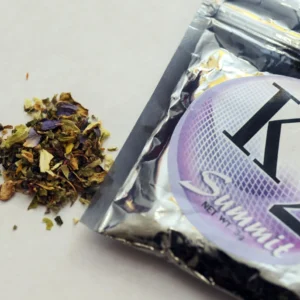


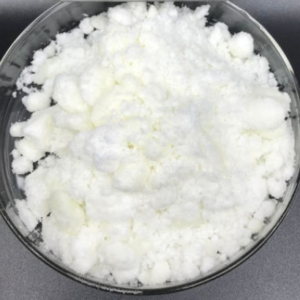
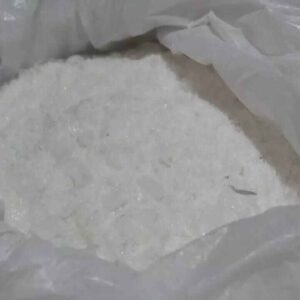


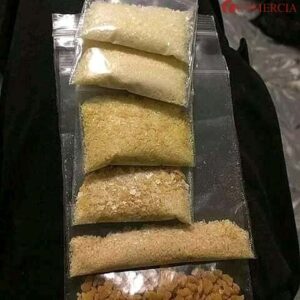
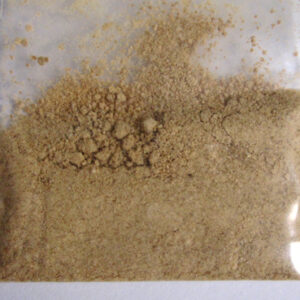
Reviews
There are no reviews yet.